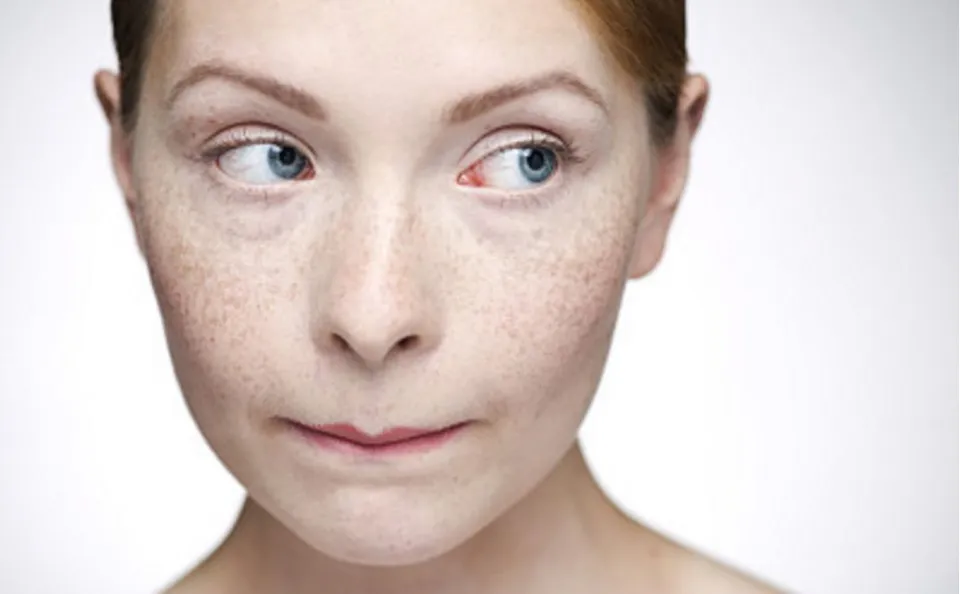
Sun Spots vs. Freckles – Difference & How to Treat
You might be puzzled as to their origin when you notice new dark spots on your skin. They are typically sunspots or freckles. But how do they differ?
Freckles are smaller than sunspots, which are single, larger spots. Sun spots tend to last longer than freckles because they typically fade with age and even with the seasons.
Study the distinctions between sunspots and. freckles so you know what’s causing the spots on your face. We’ll also discuss some ways you can stop them and lessen their likelihood of happening again in the future.
What Are Freckles?
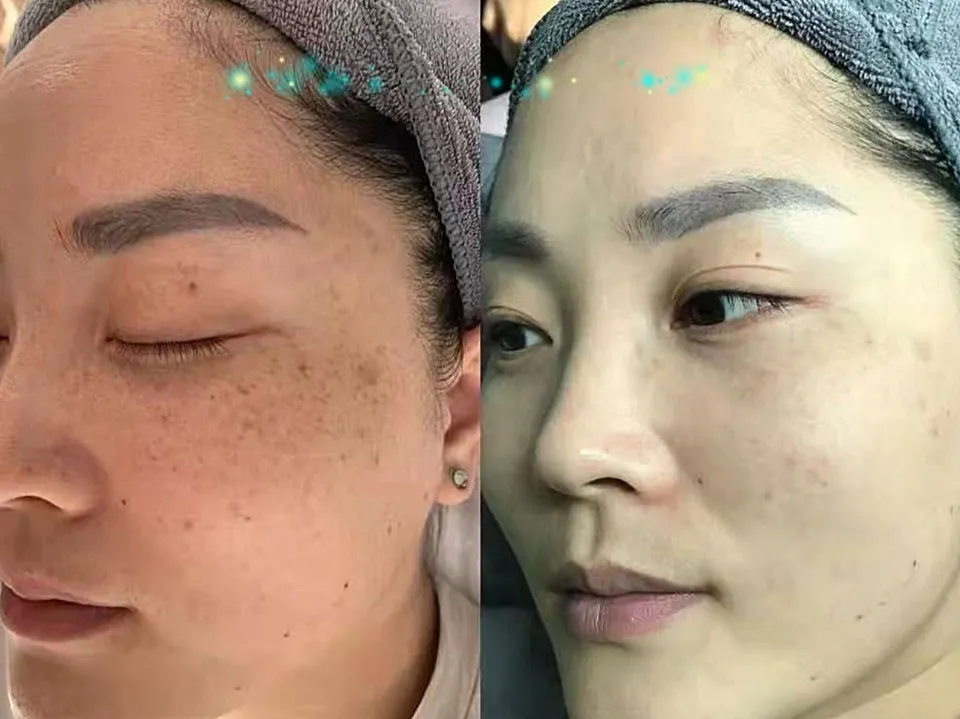
Freckles are tiny, dark spots that are typically less than 5 mm in diameter and are the result of extra pigmentation being produced by the skin cells. Although the color of freckles varies depending on skin tone, they are typically uniform. They can be red, tan, light brown, dark brown, black, or any color that is darker than the person’s skin tone. Freckles tend to be more reddish on people with pale skin because of this.
Genetics play a role in a person’s propensity to develop freckles. The likelihood that you will have freckles is increased, for example, if your parents do. Despite being inherited, freckles can be made to appear by being in the sun. If a person carries the MC1R gene for freckles, they must spend time in the sun for freckles to appear. Regardless of whether they are exposed to the sun or not, a person lacking the freckles gene will not develop freckles.
The purpose of freckles is true. They function somewhat similarly to sunscreen and are an all-natural way to prevent UV rays from penetrating the skin’s deeper layers. Instead of indicating sun damage, they shield skin areas that are particularly vulnerable to ultraviolet light. In light of this, having a large number of freckles is a sign that you should apply sunscreen frequently and liberally to protect yourself from sun damage.
What Are Sun Spots?
Sun spots are typically larger (.2-2.0 centimeters) and more prevalent on the hands, face, shoulders, back, arms, and tops of feet, making them easier to distinguish from freckles. This is the easiest way to tell if a brown spot is a freckle or a sun spot. They are also known as age spots, senile lentigines, and liver spots due to the fact that they become more prevalent with aging. Due to the grouping of numerous pigmented cells, they are larger.
Sun spots can sometimes be removed, which is good news. If the sun is avoided for a sufficient amount of time, they may occasionally fade. However, prevention is always preferable to cure. To prevent sun spots, it is advised to limit sun exposure, apply sunscreen liberally, and stay away from indoor tanning facilities like sunbeds.
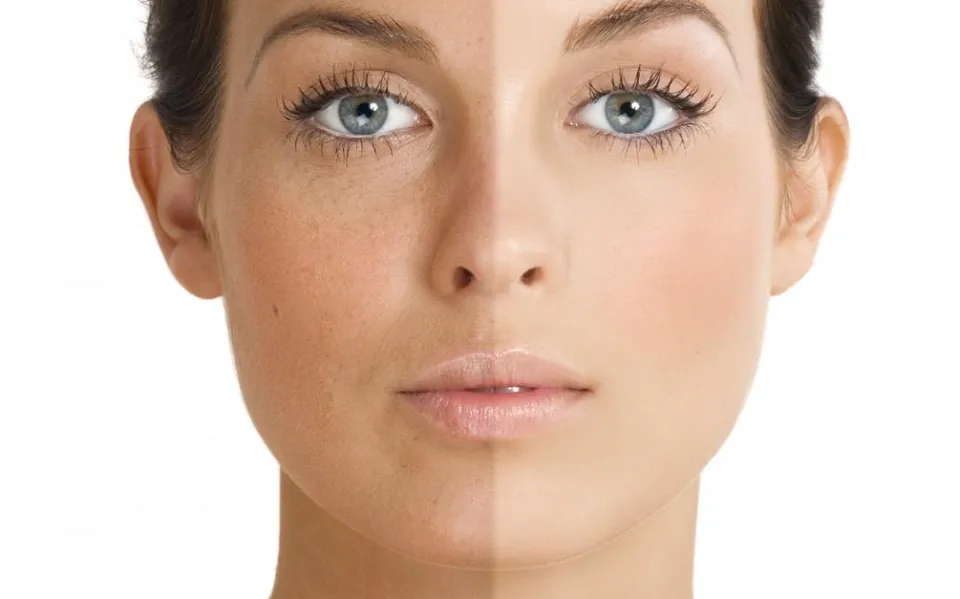
Sun Spots Vs. Freckles
Sun spots and freckles have some similarities, but they also differ significantly in some important ways. freckles.
Cause
Knowing what causes those dark spots will help you determine whether they are sun spots or freckles.
When someone has freckles, the spots are brought on by sun exposure. But it’s a genetic disorder. The MC1R gene has variants that are linked to freckles. Melanin, the dark pigment that determines the color of your skin, hair, and eyes, is made by the body according to instructions provided by this specific gene. It impacts your tan. The individuals who burn easily and are more likely to develop freckles have skin that produces pheomelanin.
Thus, can sun damage cause freckles? Sun spots, though, are.
Sunspots are hyperpigmented, but they are not genetically related. They can manifest themselves in people of all racial, ethnic, and skin types. Sun exposure damages the skin cells and leads to the development of sun spots on the skin. Their overproduction of melanin is then brought on by this damage. A sunspot develops as a result.
Size
Compared to sun spots, freckles are smaller. Freckles typically measure one to two millimeters in diameter. Although some are two millimeters or bigger, their diameter is almost always under six millimeters.
Aging
Freckles typically become less noticeable as you age, whereas sun spots on the skin will become more noticeable. As you age, sun spots may get worse. They can be challenging to eradicate because they are more obstinate.
SUN EXPOSURE & YOUR SKIN
The sun is necessary for the body to produce vitamin D, but if you don’t wear sunscreen or sunscreen with a low enough SPF, the UV rays from the sun can harm your skin. Sun protection factor, or SPF for short, is a metric used to assess how well a sunscreen shields the skin from UV rays. In general, SPF 30 or higher sunscreen is advised to provide adequate sun protection.
Your risk of developing a variety of issues related to sun exposure increases if you don’t apply sunscreen, don’t reapply it as often as you should, or wear too little SPF. A person who spends more time in the sun is more likely to experience these problems. Sunspots and freckles are both included in this.
Long-term sun exposure also contributes to wrinkles. Age-related wrinkling is inevitable, but exposure to the sun can make it worse. Your skin’s collagen and elastin, which are crucial for preserving skin elasticity and youth, are destroyed by the sun’s UV rays.
Moreover, exposure to the sun causes moles and melasma. Melanocytes in the skin that grow in clusters are specifically what cause moles. The dark spots are a result of these cells producing melanin. The sun may encourage further development. Skin spots in the color of light brown, dark brown, blue, or gray are caused by melasma. Melasma can appear on the faces of pregnant women, but anyone who exposes their skin to the sun can get it.
The most serious sun-related issues are skin cancer and skin aging. Melanoma spreads outside of the skin more frequently than other types of skin cancer, despite the fact that it usually stays localized to the skin. Even deadly consequences may result from it.
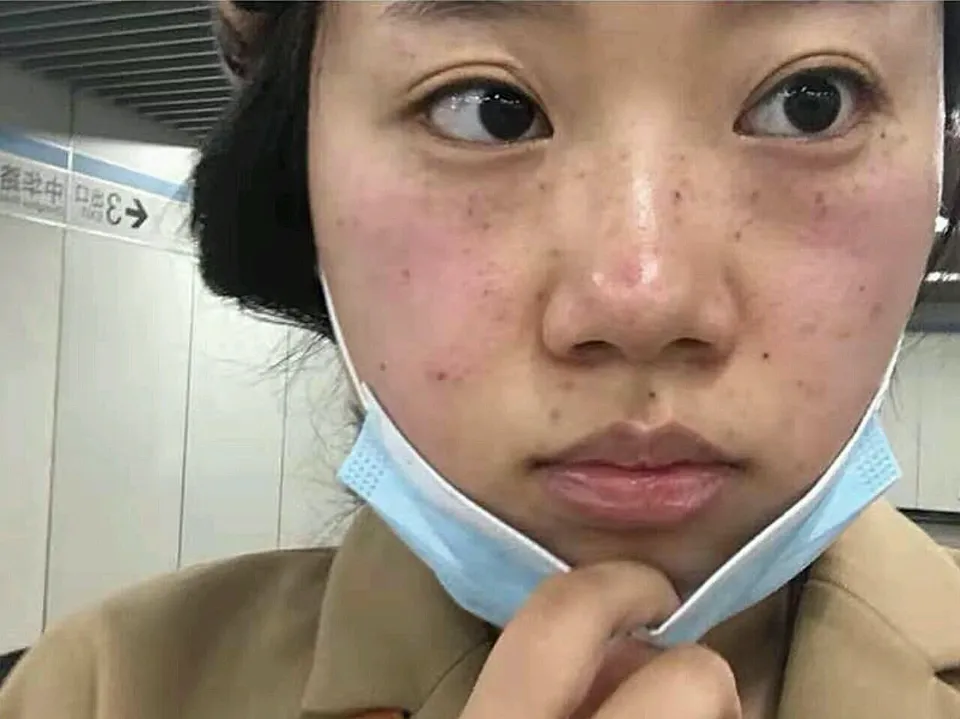
How to Recognise Sun Damage
Sun damage can take many different forms, but it only manifests itself over time. A sunburn you received as a teenager may later manifest as fine lines, wrinkles, freckles, and sunspots.
It’s important to get regular skin checks and watch out for moles or freckles that change shape, texture, or color because exposure to the sun can also cause skin cancer. Moles, freckles, and wrinkles, to name a few, aren’t necessarily harmful in and of themselves.
3 Ways to Prevent Sun Marks
To specifically target and minimize the appearance of sun marks, numerous products and treatments have been developed in recent years. To minimize your risk of developing sun spots on your skin, you must take the necessary precautions as prevention is always better than cure.
Limit Daily Sun Exposure
Limiting your daily sun exposure is one of the best ways to avoid sun marks because sunspots develop from repeated sun exposure. Given this, setting a daily limit will significantly reduce any risk.
Wear A Hat, Long Clothing, And Sunscreen
Another piece of advice is to always make sure you’re well-protected when you’re outside in the sun. This can be accomplished by donning long clothing to cover particular body parts, especially the arms, as well as a hat and lots of sunscreen to provide your skin with total protection.
Monitor The UV Index
Lastly, keep an eye on the UV index before going outside in the sun. Take full advantage of the numerous free apps and websites that let you check this every day for your particular area!
The Bottom Line About Sunspots and Freckles
Overall, sun spots and freckles are two very different skin conditions, and they must be treated accordingly. Although both can be affected by exposure to the sun, they are not interchangeable and have different root causes, so it’s crucial to understand the exact nature of the problem before considering any possible treatments.
Both may be completely risk-free, but it’s important to monitor any new developments and, as necessary, seek medical advice. Prevention is always preferable to treatment! Therefore, be sure to take the necessary precautions right away to reduce the likelihood of future long-term sun damage.
FAQs
Are Freckles Considered Dark Spots?
Small dark spots called freckles, which are typically less than five millimeters in diameter, are areas on the skin where the pigment-producing cells have produced extra pigment. However, depending on skin tone, some freckles can vary from the majority in color.
Do Sunspots Go Away?
Because the skin has already been permanently damaged, most sunspots tend to fade somewhat over time but rarely disappear entirely. However, there are a number of ways to lessen the visibility of sunspots. Sunspot visibility may be reduced with the use of acid peels and bleaching creams. Read More: Can You Mix Fabuloso And Bleach
What’s the Difference Between a Freckle and An Age Spot?
People with all skin tones may develop age spots, but adults with light skin are more likely to develop them. Age spots do not fade, unlike freckles, which are common in children and disappear after a period of no sun exposure. Age spots are flat, oval patches of darker skin.



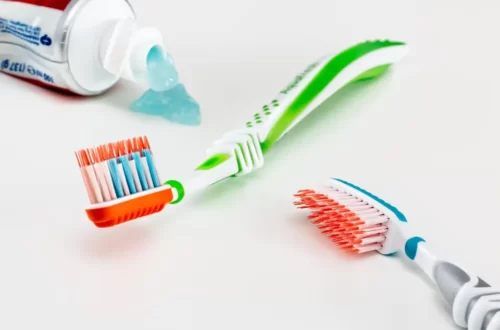

Average Rating